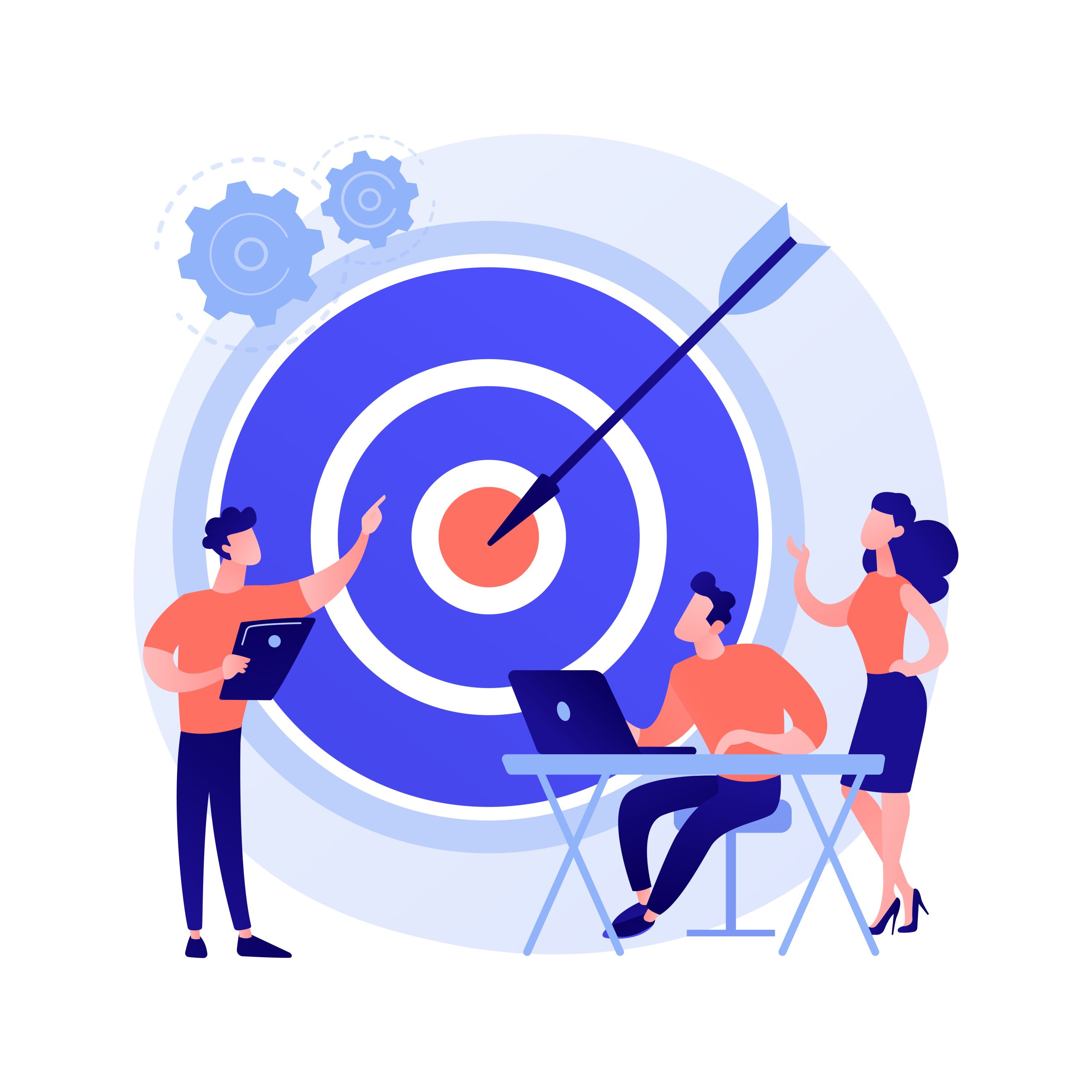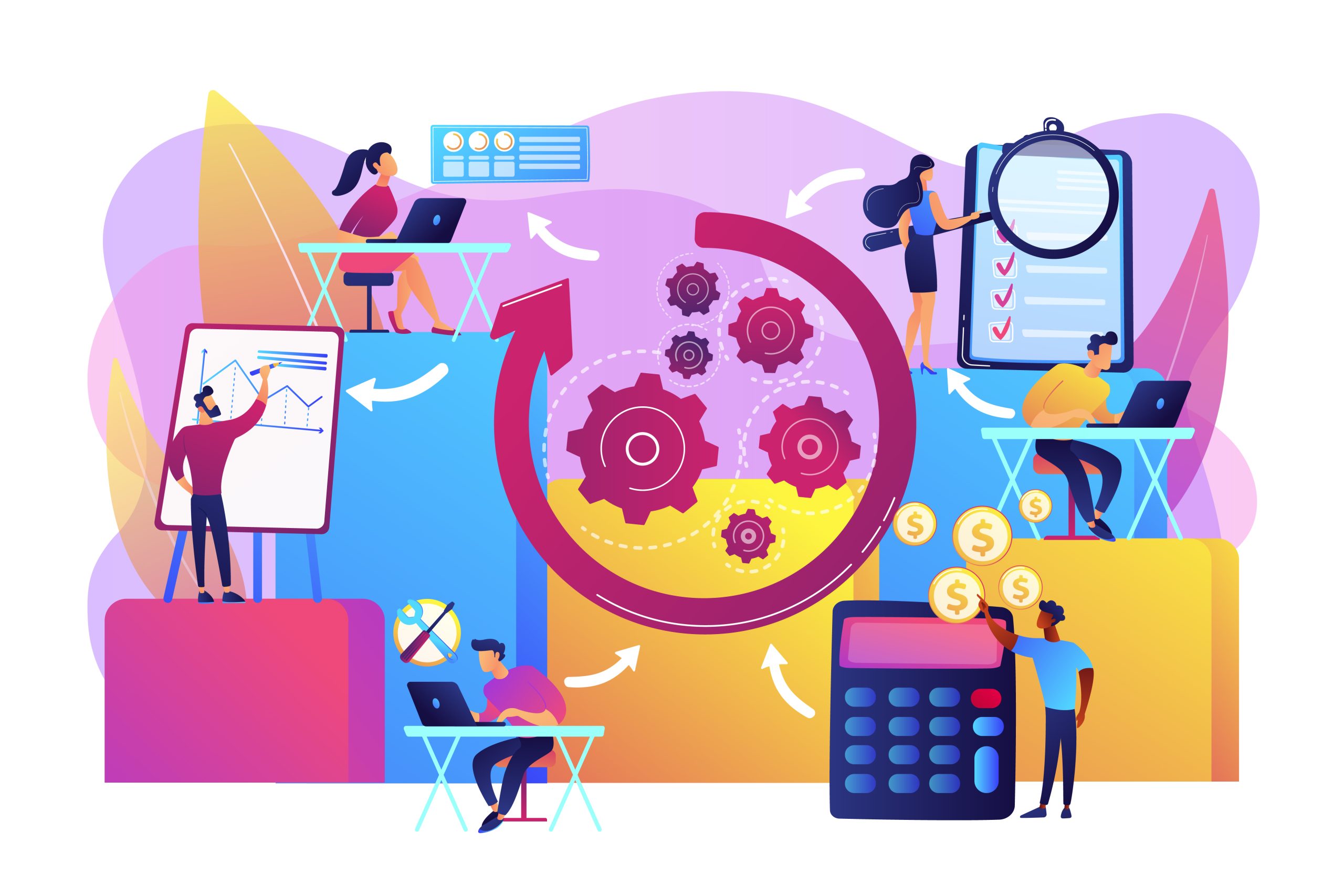6.750,-
€
Organisational Due Dilligence
Market turbulence is an important starting point for corporate entrepreneurship. VUCA (Volatility, uncertainty, complexity and ambiguity) first saw the light of day in the late 80s and has since, like so many other strategic approaches, been adopted by the US military. It describes a contemporary management problem very well. How do we deal with an ambiguous, complex, uncertain and highly volatile present and future? Can you as a company deal with VUCA as an innovative process that produces results, and can you plan how to succeed as a company?
It requires talent, and not least the ability to attract talent. How do you identify barriers and obstacles and how can your organisation tackle them? Perhaps even before they become a threat. It requires a company to have a strategic plan for how we want to create a sustainable entrepreneurial culture. This is a management task that is deeply rooted in the HR function.
V – Volatility
The nature and dynamics of change, and the nature and speed of change forces and change catalysts.
U – Uncertainty
The lack of predictability, the prospects for surprise, and the sense of awareness and understanding of issues and events.
C – Complexity
The multiplex of forces, the confounding of issues, no cause-and-effect chain and confusion that surrounds organization.
A – Ambiguity
(Tvetydighed)
The haziness of reality, the potential for misreads, and the mixed meanings of conditions; cause-and-effect confusion.

What is Organisational Due Diligence?
In businesses as well as public institutions, part of the management task is to develop the organisation. This task is a somewhat complex concept, but overall, it is important for the organisation, or management, to be able to perform the tasks that are necessary for the company’s survival and for it to be able to implement its strategy at all times.
This requires management on three levels
Organisational Due Diligence from IPA – key learning points:
[insert your company name] could rightly ask themselves:
– Why is it important for [insert company name] to change?
– What’s the urgency?
– How can [insert company name] retain and attract top talent?
– How can [insert company name] become the leader in its industry?
– How do you assess the turbulence in the industry?
Strategic level
The first level of strategic management tasks, also known as the strategic level: This is the level where decisions are made about the longer-term issues of importance to the company, such as which markets and products the company should sell in, and thus achieve the company’s objectives (visions and missions).
The organisational level consists of the concept of “strategic orientation”. The strategic orientation is the focus that the organisation has on its environment through its strategy, technology, structure, culture, HR system and measurement systems.
As mentioned, strategic orientation includes the components of strategy, technology, structure, culture, HR systems and metrics. Technology is the way the company processes raw materials into finished goods and is also characterised by the company’s workflow, methods and equipment. Technology in a VUCA world must be the ability to be digital. Culture – represents the fundamental values and norms.
The five design components together make up two basic ways (strategic orientations). In one – the mechanical view – the strategy is to produce at as low a unit cost (low-cost strategy) as possible with a pre-recognised technology (often assembly line technology). The company has a bureaucratic structure (typically functional or divisional) and each employee has highly specialised job functions, but is very efficient in performing them.
Strategic level
The strategic orientation is the focus through which the organisation looks at its surroundings:

The organisational level consists of the concept of “the strategic orientation”.
Tactical level
The second level is the tactical level, which means that the goals that are set strategically must be translated into activities that set the framework for what the organisation should and should not be able to do.
The first component, goal clarity, is an expression of how clearly the department understands its goals, and the goals that the department perceives as important should be measurable so that the department has an indication of whether they are meeting milestones set for the department. The next component is task structure and provides an insight into how the department’s tasks are designed. An essential element here is how the efforts of employees are coordinated and how behaviour in the department is regulated.
The third component is the composition of the group. This looks at the individual employee’s age, education, experience, knowledge and abilities and how these different traits affect behaviour and thus how the individual relates to other employees in the department. The fourth component is the composition of employees in the department and how cohesive and functional the department is. Is the department characterised by many conflicts and disagreements because employees are basically competing with each other, or is there a high degree of team spirit in the department. A fundamental feature of group composition is also whether the group is homogeneous or heterogeneous.
The fifth and final component is group norms. The group must agree on the individual employee’s performance and the norms that the individual must live up to. These are issues such as individual and group productivity and quality goals and whether the group norms are explicit or implicit.
The five components, like the components that make up the strategic orientation, must be consistent with and support each other. In addition, it is also important that there is a connection between the five components and the rest of the general strategic orientation. If an appropriate coherence is created, it will mean that the department achieves efficiency on the goals it is measured on. These can be either quantitative performance goals or more qualitative goals such as a good work-life balance. But also the group’s ability to fit in with the rest of the organisation and, more generally, to meet the demands of the environment can be important goals at departmental level.

How good are we at the tactical level at implementing the decisions made at the strategic level?
Tactical level
Tactical level
The five components, like the components that make up the strategic orientation, must be consistent with and support each other:
Operational level
The strategic orientation and departmental level must ultimately be supported by the individual level, which also consists of five components.
The bottom level is made up of the design components: autonomy, feedback, the importance of the task, the meaning of the job and the extent to which the job requires a variety of skills, and like the other levels, the components – exemplified by the job – can be set in a mechanical or organic way.
The operational level therefore also determines that of the third and final level, the operational level, which is the practical execution and actions.
The five components of the individual level, as with the other levels, are closely interrelated and can also be seen in the context of the other levels. Looking at the correlation between the components at the individual level, a high degree of autonomy and feedback, the use of many different types of knowledge, skills and competences, great insight into the big picture and the job being of great importance to others will result in the individual employee being in a job that is well suited to a company with an organic strategic orientation, while in the opposite situation, where the job has a low degree of autonomy and feedback, the job contains only a few types of knowledge, skills and competences, limited insight into the big picture and the job has little impact on others, it will result in the individual employee occupying a job that fits well with a mechanical strategic orientation.
Operational level
Operational level
The bottom level is made up of the design components and like the other levels, the components – exemplified by the job – can be set in a mechanical or organic way.

At the operational level, the company focuses on day-to-day operations.